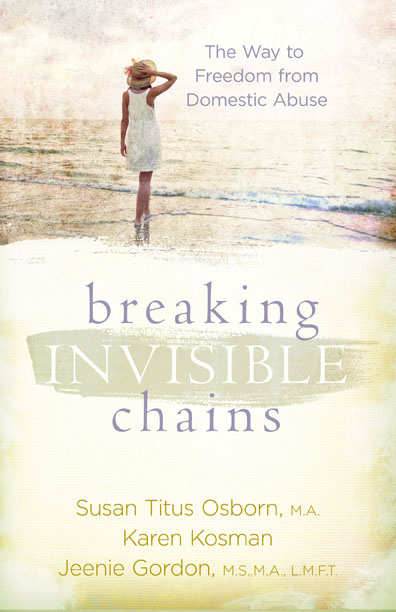Sometimes, however, secondary research is your only option or is necessary to supplement primary research. There are many valuable sources, and research librarians at your local or university library can become your best friends. I have been writing for over 30 years, and many of the sources librarians recommended to me in the past are now available on the Internet. Again, let me warn you: Make sure the site you are using is credible for your research. Anyone can slap up a website and call it anything that isn’t already taken!
Here are some of the sources I have used through the years that are now available on the Internet: Reader’s Guide to Periodical Literature, Poole’s Index to Periodical Literature, National Geographic, Bartlett’s Quotations, and the New York Times.
There are a number of search engines, but personally I prefer Google. At the present time it is the largest. Use quotation marks around the words in your search query to limit the number of hits you will get. You can search for almost anything on the Internet, but if you are quoting material in an article or book, the publisher will want you to use a very credible source.
In my next blog I’ll give you some of my favorite sites.


